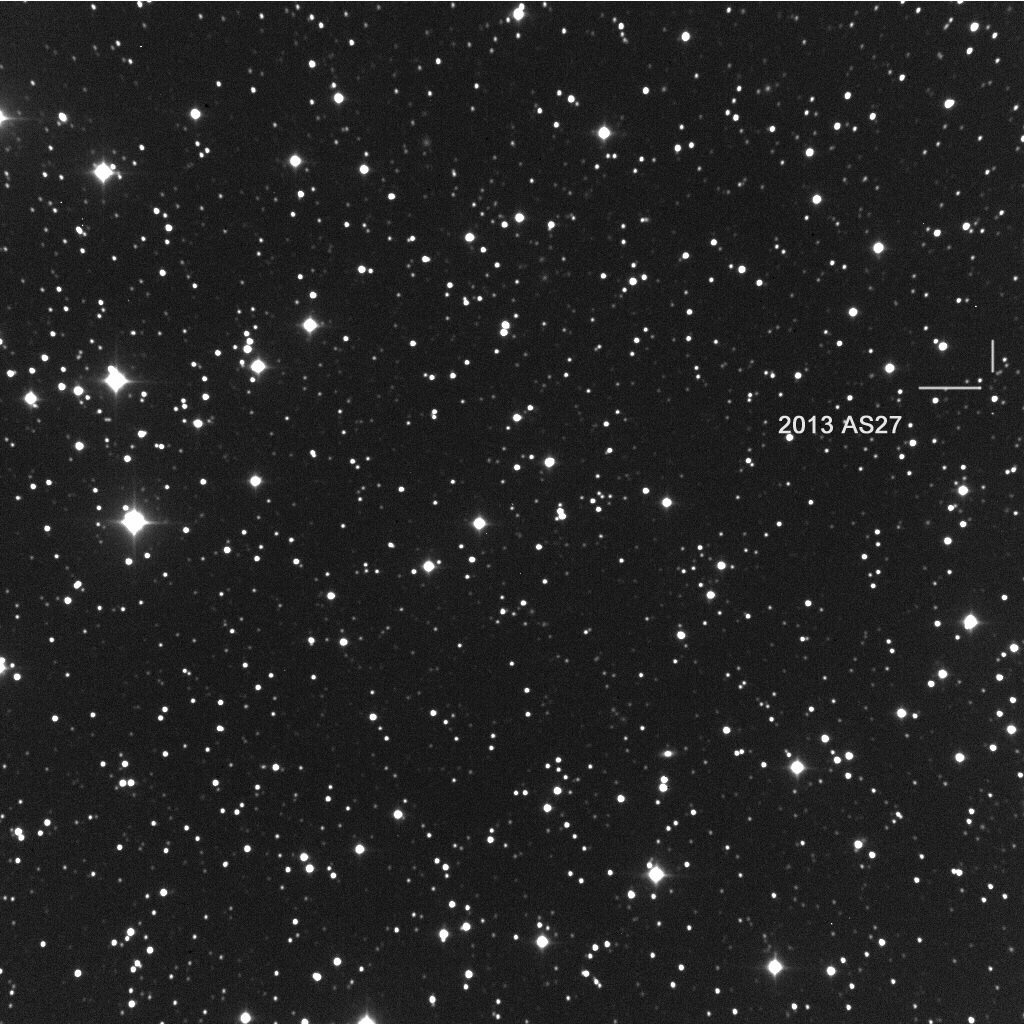Photo Gallery

Aurora at Sandlot Observatory
This image was taken 5-11-24 with a Cannon EOS camera with an 18mm f/5 lens at ISO 800. it was a 20 second image. My 22" telescope is seen sticking out of my Sandlot Observatory. 
Perseid meteor
This Perseid was captured with a Orion StarShoot Pro V2 camera with an old 50mm lens used for film mounted on a StarSync Tracker at 11:32 PM August 11th 2021 CDST.
The field of view was 26.4 x 17..6 degrees and the image is centered in the Milky Way. The asterism called the 'Coathanger" is just below center.
M45 Pleiades
This is a very close-by small cluster of bright blue giant Stars. They have a "Dipper" shape and are sometimes confused with the Little Dipper. They're nicknamed the Seven Sisters for the 7 brightest stars of the cluster. The Blue nebulosity (reflection nebula) is caused by the dusty area being illuminated by those bright Blue Stars.
Extra galactic images

NGC 7331 and Friends
A rather predominant galaxy in the early spring sky, NGC 7331 has a lot of satellite galaxies nearby. It is considered to be a Milky Way look-alike If seen at the same distance of 50 million light years. (relatively close.)
M106
M106 is a large galaxy in the little known Canes Venatici constellation. It's a bit closer than NGC 7331 above at 25 million light years distant.
Abel Galaxy Cluster 1656
The bright star near the top is one of just a handful of stars in this image. The rest are galaxies. One of the small dots near the bottom left is actually a Quasar (marked) thought to be at a distance of 11 billion light years or about 3/4 of the known distance of the universe. M65 and M66
This pair of galaxies reside in the constellation of LEO. The 'M' designation is a from a 17th century comet hunter Charles Messier (pronounced Mess' e' a. ) . He cataloged various brighter nebula and galaxies so he knew the next time he was hunting for comets he wouldn't be fooled by the same comet looking nebulae. There are 110 Messier object although a couple of objects were likely just a patch of faint stars that were close to each other.
Just north of this famous pair of brighter galaxies is the somewhat fainter but larger galaxy NGC 3628. In a a wider field of view they form a picturesque trio at 36 million light years

NGC 4565
NGC 4565 Is a classic 'edge-on' galaxy in Coma Berenices at a distance of 38.5 million light years. A single light years is 5.6 trillion miles. So this galaxy in the 'neighborhood' of our own Milky Way is 5.6 trillion X 38.5 million miles away. ( or 215,600,000,000,000,000 miles. )

3/4 of the known distance of the universe from a backyard telescope. amazing, eh!
A Potentially Hazardous Asteroid
This is the discovery image of a potentially hazardous asteroid (listed on NASA's website for PHA's). 2013 AS27 was discovered at Sandlot Observatory by Gary. Hug January 7th, 2013.
On this pass the asteroid was at a comfortable safe distance away from the earth but the 250 meter wide rock can get much closer on subsequent returns. It is wise to keep track a of such a large and sometimes close asteroid.
This object was picked up by the Catalina Sky Survey just before I imaged it at Sandlot but because I turned in the data to the Minor Planet Center first, I was assigned credit for discovery. iT is comforting to know there is a active network of observatories keeping watch.

